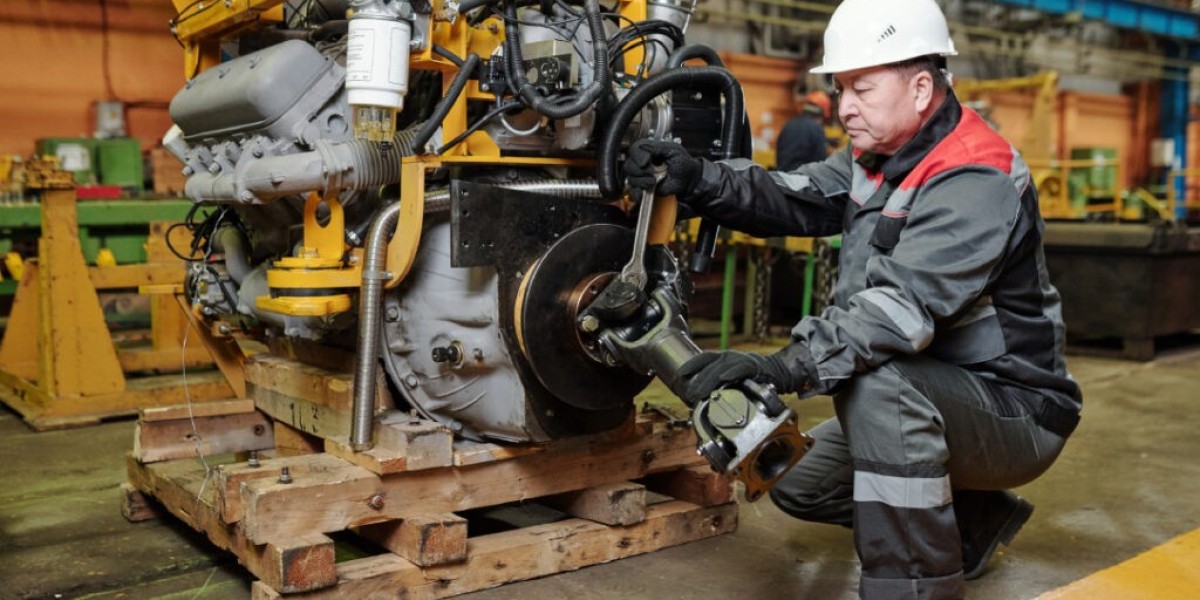CNC milling machine become cornerstones of modern manufacturing, enabling precision, efficiency, and versatility in producing a wide range of components. With the rise of automation and advanced manufacturing techniques, understanding CNC milling is essential for anyone involved in production or design. In this blog, we’ll explore the key features, technologies, and advantages of CNC milling, along with its applications across various industries.
What is CNC Milling?
CNC (Computer Numerical Control) milling is a machining process that uses computer-controlled tools to remove material from a workpiece. Unlike manual milling, where operators control the machine with hand tools, CNC milling relies on programmed instructions to automate the entire process. This leads to greater accuracy, repeatability, and speed.
CNC milling machines can operate in multiple axes, commonly in 3, 4, or 5 axes, allowing for intricate designs and complex geometries. These machines can work with various materials, including metals, plastics, and composites, making them versatile tools for many industries.
Key Features of CNC Milling Machines
Precision and Accuracy
One of the most significant advantages of CNC milling is its precision. The computer-controlled nature of these machines allows for tight tolerances, ensuring that parts are manufactured exactly to specifications. This level of accuracy is crucial in industries such as aerospace and medical device manufacturing, where even the slightest deviation can have serious consequences.
Automation
CNC milling machines automate the machining process, which reduces the potential for human error and increases productivity. Once a program is set, the machine can run continuously, producing identical parts with minimal oversight. This automation not only speeds up production but also allows manufacturers to focus on other critical tasks.
Multiple Axes
CNC milling machines can operate in various axes, with 3-axis milling being the most common. However, more advanced machines may operate in 4 or 5 axes. This multi-axis capability allows for the machining of complex shapes and intricate designs that would be difficult to achieve with traditional methods. The ability to tilt and rotate the workpiece during the milling process enhances flexibility and reduces the need for multiple setups.
Versatile Tooling Options
CNC milling machines support a wide range of tooling options, allowing manufacturers to select the right tool for the job. From end mills and drill bits to specialized cutters, the variety of available tools ensures that different materials and shapes can be effectively machined. Additionally, quick tool-change capabilities mean that setups can be adjusted rapidly, minimizing downtime.
User-Friendly Software
Modern CNC milling machines come equipped with advanced software that simplifies programming and operation. CAD (Computer-Aided Design) and CAM (Computer-Aided Manufacturing) software allow users to create designs and generate machining instructions efficiently. Many machines also feature user-friendly interfaces that make it easier for operators to input commands and monitor the machining process.
Technologies Behind CNC Milling
CAD/CAM Integration
CAD/CAM software is essential in CNC milling. CAD software allows designers to create detailed 2D or 3D models, while CAM software converts these designs into machine-readable code (G-code). This integration streamlines the design and production process, enabling manufacturers to go from concept to creation with greater efficiency.
High-Speed Machining (HSM)
High-speed machining is a technology that enhances the capabilities of CNC milling machines. By using advanced tooling and spindle speeds, HSM allows for faster material removal rates and improved surface finishes. This technology is particularly beneficial for industries that require high precision and quality, such as aerospace and automotive manufacturing.
Adaptive Machining
Adaptive machining technology enables CNC milling machines to adjust their cutting parameters in real-time based on feedback from the machining process. This capability ensures optimal cutting conditions, reduces tool wear, and improves overall machining efficiency. By continually monitoring factors such as temperature and force, adaptive machining can help maintain the quality of the finished part.
5-Axis Machining
5-axis CNC milling machines are at the forefront of modern machining technology. These machines can move the cutting tool and the workpiece simultaneously in five different directions, allowing for the creation of complex geometries and intricate designs with ease. This advanced capability not only increases design freedom but also minimizes the need for multiple setups, saving time and improving accuracy.
Applications of CNC Milling
CNC milling is used across various industries, showcasing its versatility and effectiveness. Here are some notable applications:
Aerospace: CNC milling is crucial in aerospace manufacturing for producing lightweight, high-strength components such as brackets, housings, and structural elements that require tight tolerances.
Automotive: In the automotive industry, CNC milling machines are employed to create engine parts, transmission components, and custom fittings. The ability to rapidly prototype new designs is invaluable in this fast-paced sector.
Medical Devices: The medical field relies on CNC milling for precision instruments, implants, and prosthetics. The accuracy of CNC machines ensures that these critical components meet stringent regulatory standards.
Consumer Products: From electronics housings to furniture components, CNC milling is widely used in the production of consumer goods. Its flexibility allows for rapid adjustments to designs, catering to changing market demands.
Conclusion
CNC milling machines have transformed the landscape of manufacturing, offering precision, efficiency, and versatility that are unmatched by traditional machining methods. Understanding the key features and technologies behind CNC milling is essential for anyone involved in the production process. As industries continue to evolve, CNC milling will remain a cornerstone of modern manufacturing, enabling companies to innovate and produce high-quality components with ease.









